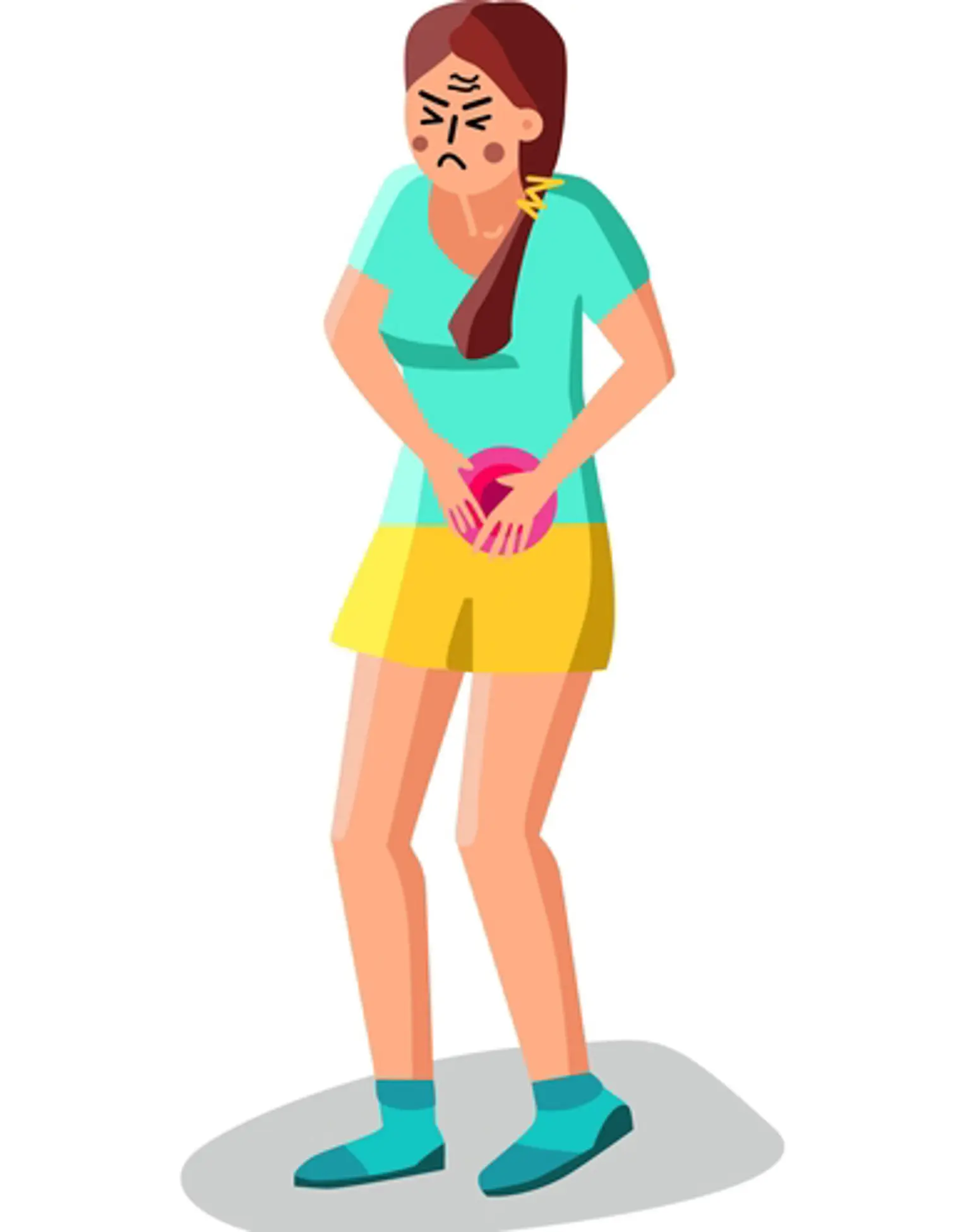Female Urological Disease
Overview
Female urological disorders are prevalent, and they can make it difficult for women to enjoy even the most basic of daily activities. The good news is that these illnesses are treatable and curable—all that is required to get started is to seek proper care.
